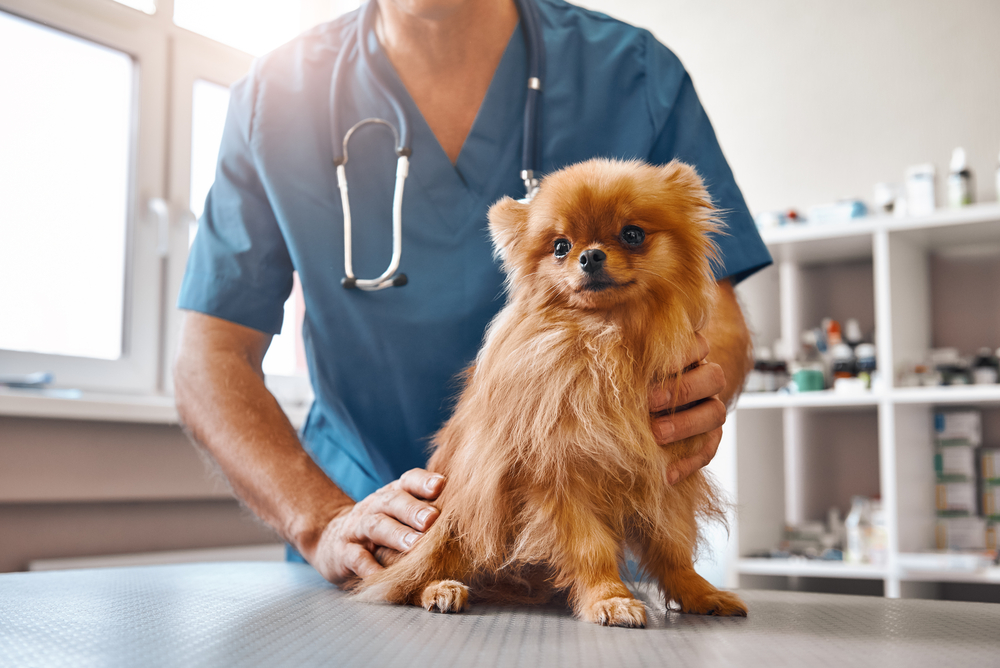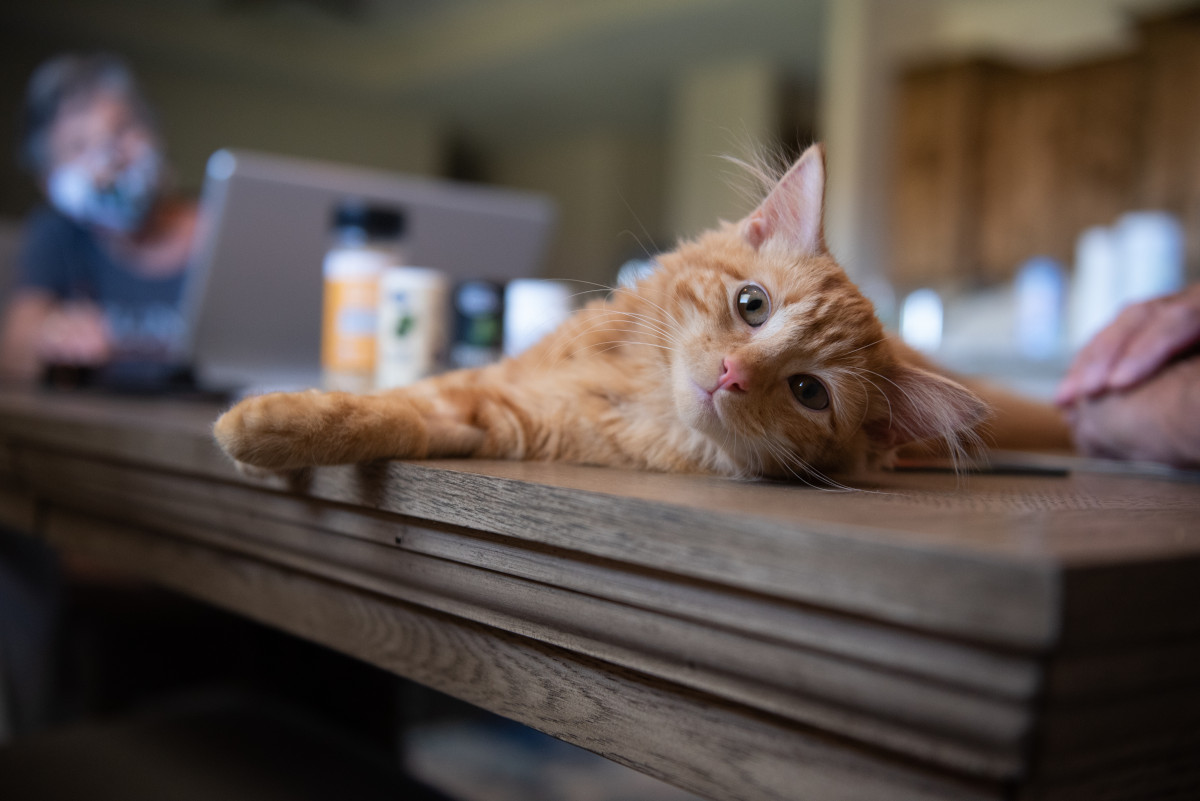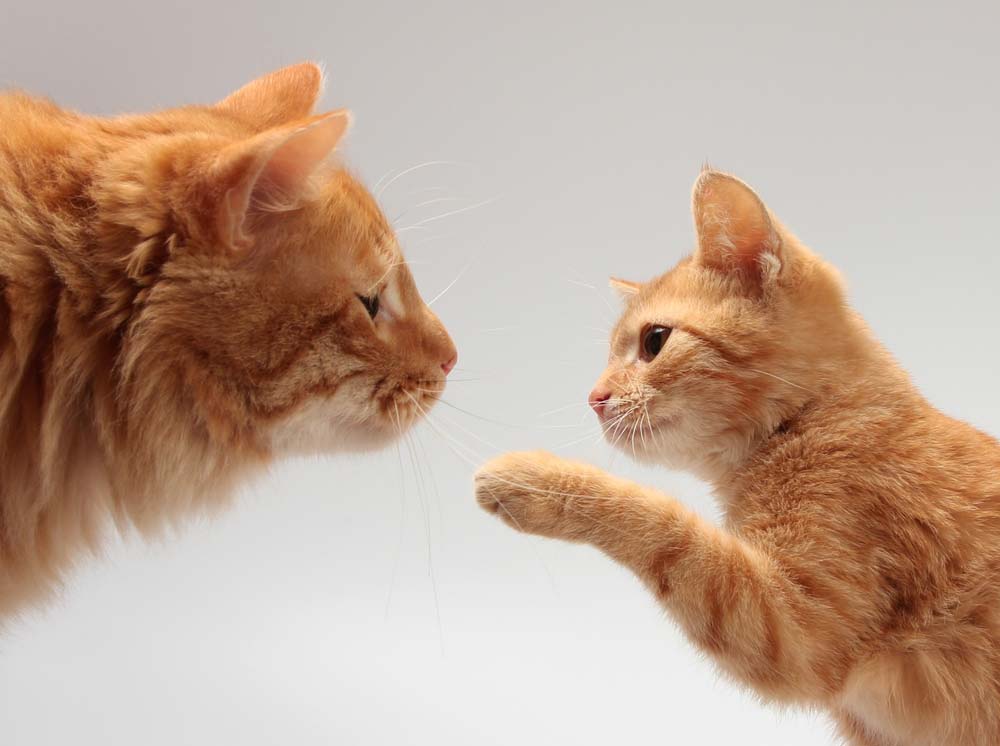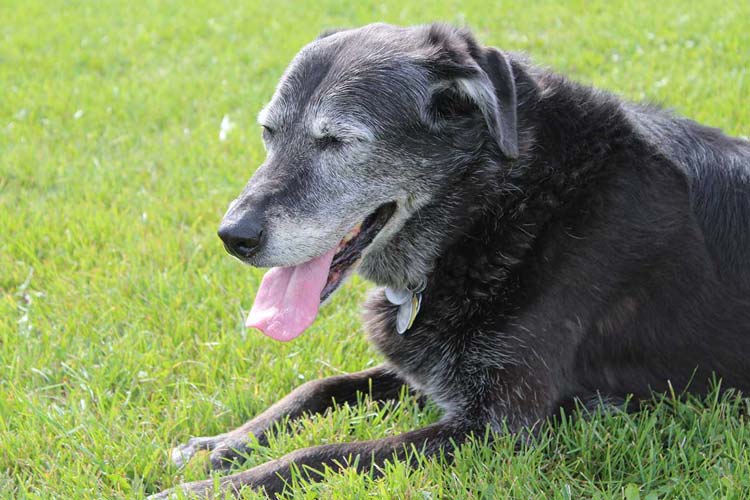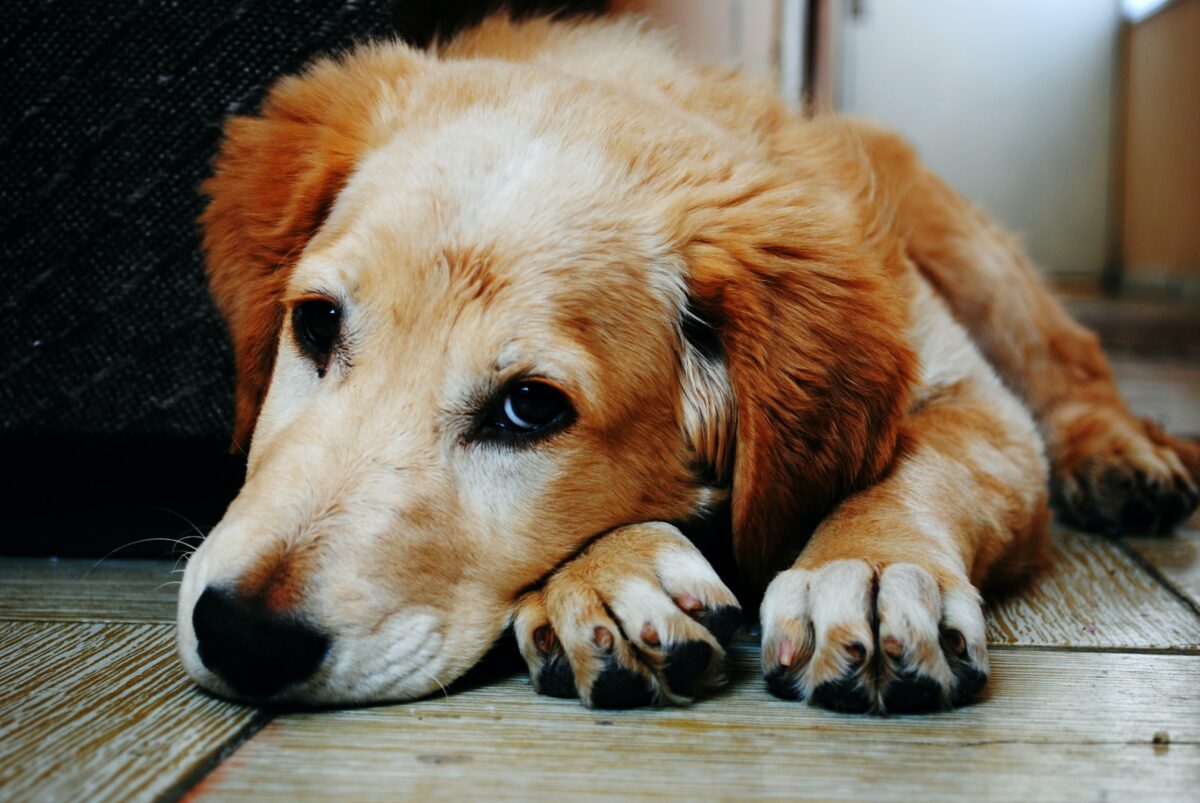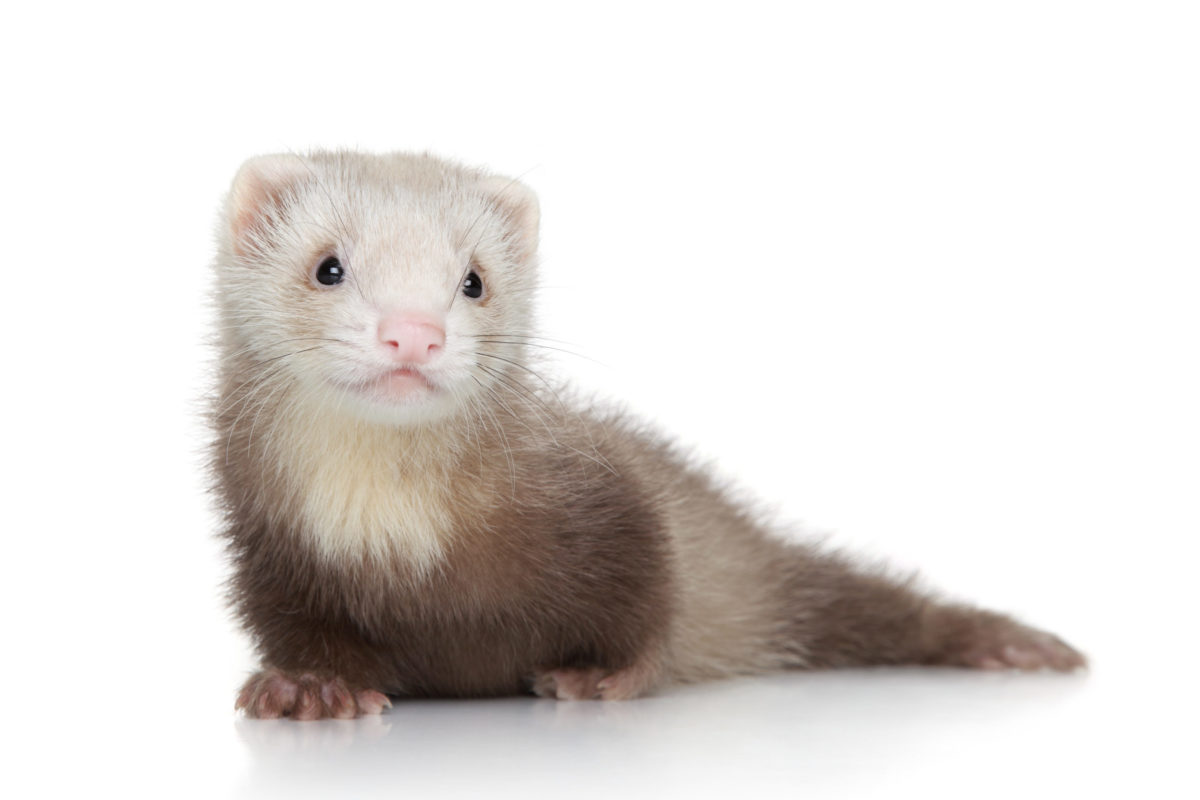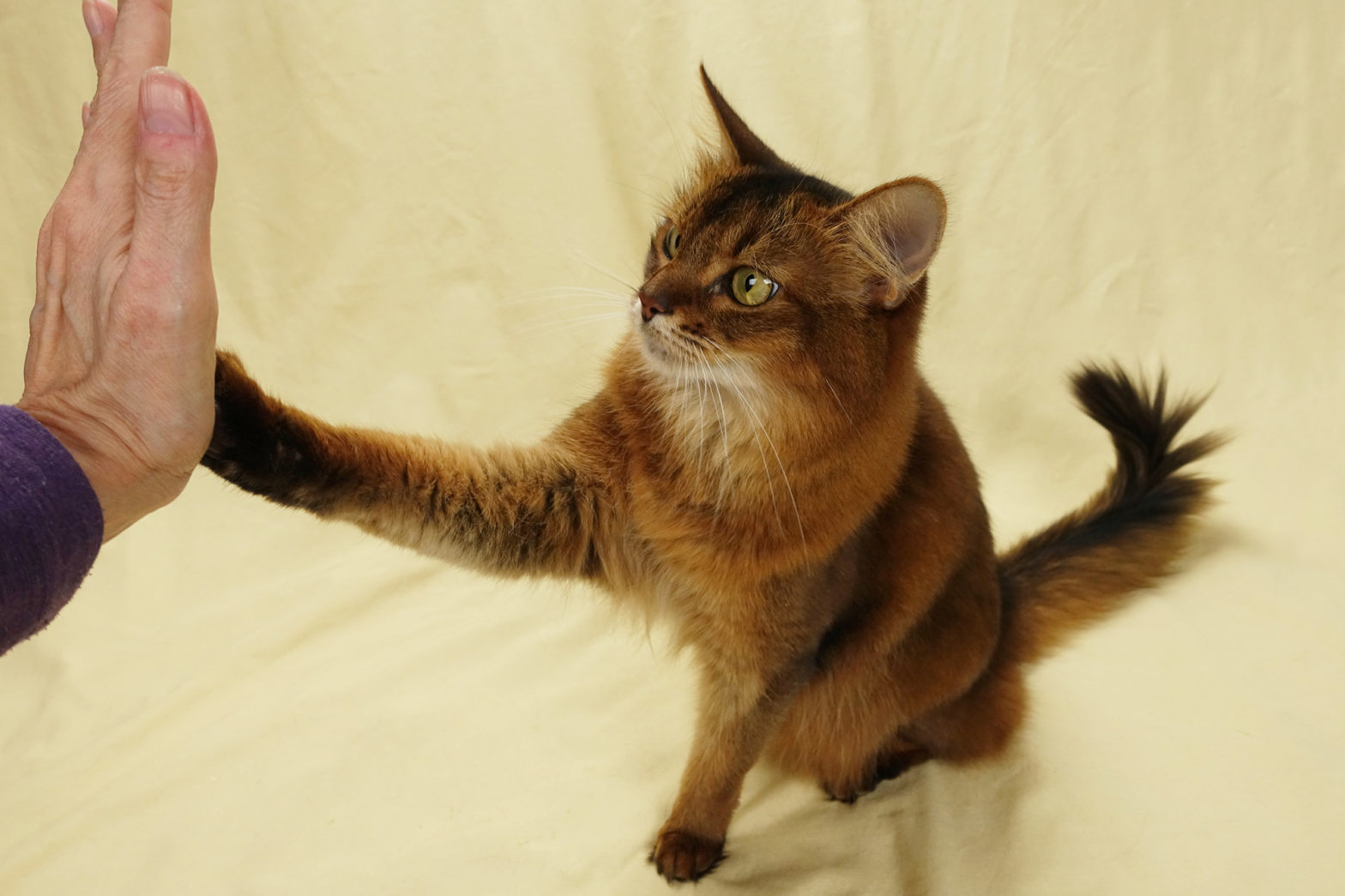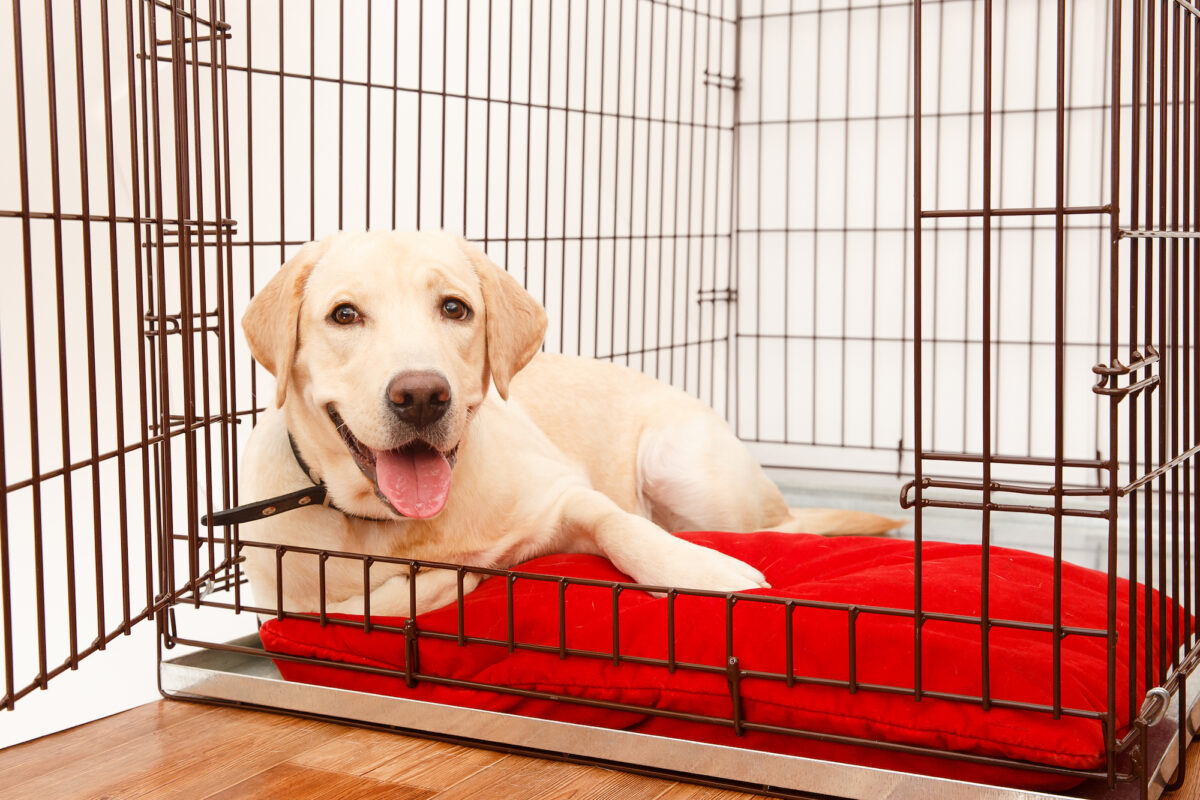When your dog pees in the wrong place, you might not stop to think about why or to wonder what role anatomy plays. You’re too busy cleaning it up. But both of those things are important to consider if you want to get the problem under control.
Let’s start by understanding the difference between incontinence and inappropriate elimination. Incontinence is best described as involuntary leakage of urine. Often, the dog is not aware of the act of urinating. This means it can happen when pets are resting in their own bed or on furniture. Inappropriate elimination can be the result of behavioral issues or lack of access to the correct place for a potty break. Canine physiology and bladder anatomy are also important components to be aware of.
The Bladder is a Balloon
Think of a dog’s bladder as similar to a balloon. There’s only so much liquid it can hold. Healthy dogs can hold their urine for several hours because they have an antidiuretic hormone, ADH, produced in the pituitary gland. It acts within a natural pathway in the body to help the body regulate water volume and stay appropriately hydrated. However, at both ends of the age range, it’s important to remember that a puppy’s muscles to control urination need time to develop and that those muscles weaken with age in a dog’s senior years.
This visual “balloon image” is important to stress why potty training and a regular bathroom break routine is so important for a dog’s wellbeing. The following guidelines can help you ensure that your dog doesn’t need to be crossing his legs waiting for a chance to pee.
Bladder Control Guidelines in Hours
- Young puppies under six months irrespective of size: 1 to 3 hours.
- Puppies six months to a year: 2 to 6 hours.
- Adult dogs up until seven years of age: 6 to 8 hours.
- Senior dogs older than seven years: 4 to 6 hours.
- Geriatric dogs that are more than 11 years old: 2 to 4 hours.
Ruling Out Medical Issues
How can you know whether your dog is incontinent or has a medical or behavior problem? A visit to the veterinarian is a good start.
“When it comes to incontinence, it’s important to establish whether the pet is voiding urine in a controlled manner, or whether urine is leaking,” says Chad Maki, BVM&S of Huntington Beach, California. “If urine is leaking, such as pooling under the pet while sleeping, then urinary incontinence would be suspected.
“However, instead of leakage, another issue could be pollakiuria, an abnormally frequent passage of urine, or polyuria, the formation and excretion of a large volume of urine. There’s a long list of medical problems that can lead to polyuria and pollakiuria, such as urinary tract infections [UTIs], cancer, endocrine disease such as hyperadrenocorticism [Cushing’s disease], diabetes mellitus or insipidus, chronic kidney disease [CKD], and liver disease.”
Dr. Maki also notes that diseases such as diabetes and kidney disease cause excessive thirst, resulting in the pet drinking more water and urinating more frequently.
Other possible issues:
- Spinal cord disease
Damage to the spinal cord in a region that affects innervation of the bladder and urethral sphincter can result in urinary incontinence.
- Bladder stones
Dietary intake of certain minerals can allow crystals to form in the urinary tract. A high urine pH or even a bacterial infection can contribute to struvite stone formation.
Veterinarians can prescribe urinary diets that either work to dissolve struvite stones/crystals or help to prevent formation of the most common types of uroliths (struvite and calcium oxalate). If a stone is not able to be dissolved through dietary measure, then surgery (a cystotomy) will be required to remove the stone.
How Medical Issues Are Diagnosed
Searching for disease causes calls for routine bloodwork (complete blood count and chemistries), urinalysis with culture and sensitivity, thoracic/abdominal radiographs, and abdominal ultrasound. A veterinarian may suggest advanced imaging such as CT scan, MRI, and/or fluoroscopy, an imaging technique that uses x-rays to obtain real-time moving images of the interior of an object.
And as Maki points out, the “fix” depends on the cause. Antibiotics are usually prescribed for a UTI and insulin therapy for stabilizing diabetes mellitus. Eliminating uroliths is another treatment example.
“For urinary incontinence, which is most commonly a result of urethral sphincter mechanism incompetence [USMI], typically medical treatment with phenylpropanolamine [PPA] or hormones such as estrogen or diethylstilbestrol [DES] work well to help strengthen the urinary sphincter tone to hold in urine and reduce symptoms of incontinence,” he adds.
Female Dogs Versus Male Dogs
Female dogs of all ages and breeds tend to have more problems with UTIs and a higher frequency of urinary incontinence as well. However, stone formations (uroliths) are common in both male and female dogs. While male dogs do have a longer and narrower urethra which can cause more problems with blockage of stones, this is considered more of a concern in cats.
Alternative Treatments
Veterinarian Tracey Akner, DVM, founder of Acupuncture for Your Dog, has had success with both acupuncture and Chinese medicine to treat incontinence. She explains that acupuncture may help elderly dogs who find it painful to posture properly or lift a leg.
For dogs with pee problems, Dr. Akner suggests videotaping the dog while eliminating to capture their position and facial expression and showing the clip to the veterinarian to further shed light on a cause.
Collagen and Botox Injections: Not Just for People
Maki says collagen injections are currently an experimental treatment attempted only in patients that do not respond to medical management. They are typically performed by veterinary specialists treating dogs with incontinence issues. The collagen is injected around the sphincter near the exit of the bladder to create a functional blockage to try to help lessen symptoms of incontinence.
Currently, Botox injections to treat overactive bladder muscles are also in an experimental phase.
This article was reviewed/edited by board-certified veterinary behaviorist Dr. Kenneth Martin and/or veterinary technician specialist in behavior Debbie Martin, LVT.

